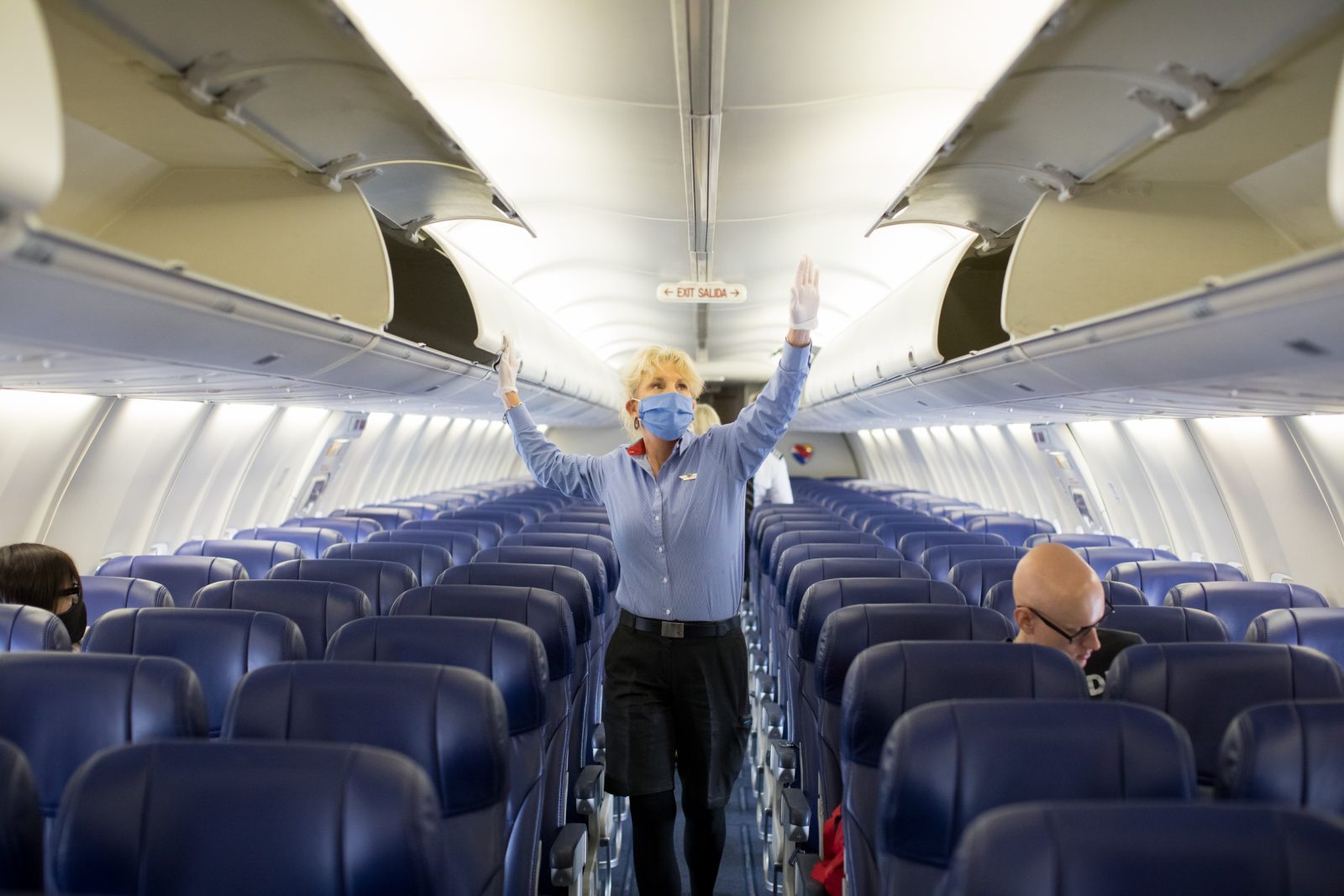
Two new studies published by the U.S. Centers for Disease Control and Prevention (CDC) have concluded that COVID-19 can be spread onboard flights and in some cases could cause wider clusters of infection of substantial size. Industry leaders, however, say the risk shouldn’t be overplayed and have pointed to the fact that while there have been millions of flights since the start of the Coronavirus pandemic, there have been very few reported incidents where onboard transmission has even be suspected.
In the first study, researchers claim up to 15 passengers and crew were infected by just one symptomatic Business Class passenger on a 10-hour flight between London Heathrow and Hanoi, Vietnam. The superspreader, in this case, had travelled to Milan in late February where a serious COVID-19 outbreak was unfolding and then to Paris to attend crowded Fashion Week Shows.
Despite suffering from a sore throat and cough, the 27-year-old Vietnamese businesswoman still boarded Vietnam Airlines flight VN54 on March 1. Only after her arrival and when her symptoms progressed to fever and shortness of breath did she then seek medical help and subsequently test positive for COVID-19.
Researchers managed to trace 168 passengers and 16 crew members who remained in Vietnam and found 15 of them were COVID-19 positive. The investigation concluded that transmission is likely to have occurred onboard the flight saying that aerosol or droplet transmission was the most likely way that the other passengers and one crew members came to be infected.
In the second study, researchers from the London School of Hygiene & Tropical Medicine and the University of Hong Kong believe two Business Class flight attendants on a 15-hour flight from Boston to Hong Kong were infected by two pre-symptomatic passengers who had likely been infected with COVID-19 during their time in North America.
A 25-year-old flight attendant had directly served the couple in Business Class and was later quarantined after testing positive for COVID-19, while a 51-year-old female flight attendant who had simply been working on the same flight also tested positive and had to be hospitalised.
The virus genetic sequences for the four patients were identical and not previously identified in Hong Kong, leading researchers to conclude that the passengers had passed the virus onto the flight attendants. Because flight attendants don’t mingle with passengers in the airport, the researchers suspect transmission took place during the long flight.
Despite these worrying findings, The International Air Transport Association (IATA) has called for calm, saying data from millions of flights just goes to prove that the risk of transmission remains low despite these high-profile cases. Importantly, most of the currently published research has found evidence of onboard transmission before many airlines made the wearing of face masks compulsory and new enhanced cleaning regimens were introduced.
The CDC also maintains that most viruses and other germs don’t spread easily on flights – especially with the use of HEPA filters that filter out 99 per cent of viruses in the air. They do, however, caution that the risk is likely higher on longer flights, especially when flights are crowded with little or no social distancing.
Mateusz Maszczynski honed his skills as an international flight attendant at the most prominent airline in the Middle East and has been flying ever since... most recently for a well known European airline. Matt is passionate about the aviation industry and has become an expert in passenger experience and human-centric stories. Always keeping an ear close to the ground, Matt's industry insights, analysis and news coverage is frequently relied upon by some of the biggest names in journalism.







